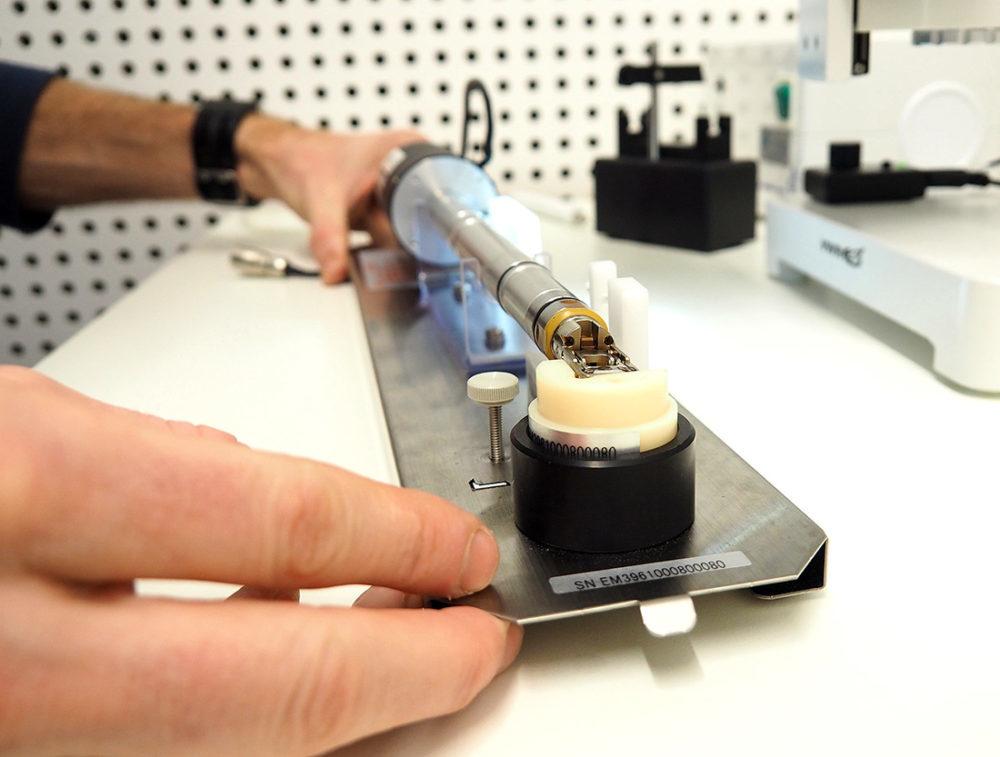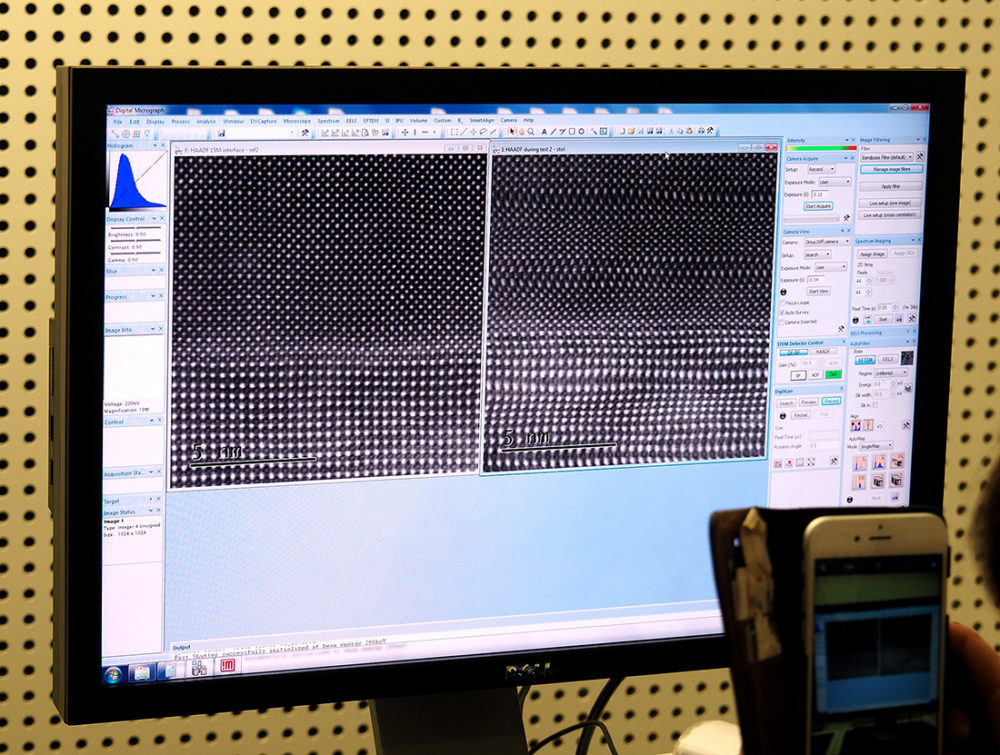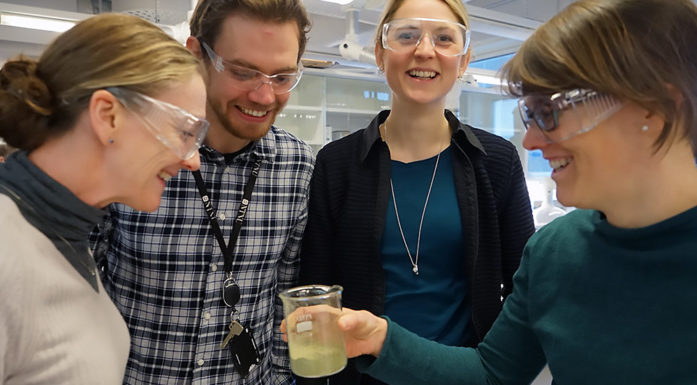Super microscopes help make greener batteries
Researchers rely on super microscopes to develop more efficient next-generation batteries.
Scientists are working feverishly to make better batteries. Batteries are an important part of the transition to green energy, particularly for transportation. They need to become more efficient, smaller, quicker to charge, and they have to withstand both high and low temperatures. This requires optimal components for each part of the battery.
Getting to the atomic level
Scientists at NTNU and SINTEF – along with researchers worldwide – are working intensely to move battery development several critical steps forward. To achieve this goal, says SINTEF scientist Per Erik Vullum, researchers need to move beyond just understanding which elements are the best, to why they are superior.
“For that, we have to get to the atomic level, and the electron microscope is the most important tool we have to do it,” he says.
NTNU, SINTEF and the University of Oslo are part of a network that shares high-quality super microscope resources. Vullum uses his special expertise in operating electron microscopes to assist researchers with their projects.
- You might also like: EV owners’ range anxieties soon a thing of the past
Electron microscope reveals important clues
The difference between an ordinary optical (or light) microscope and a transmission electron microscope (TEM) is huge – or in reality, quite miniscule. An ordinary optical microscope has a magnifying power up to 2,000 times. An electron microscope can magnify a further 2,000 times – or 4 million times.
By way of example, if you were to enlarge a handball with an electron microscope, the handball would be the size of the Earth.
At that level of magnification, you can see individual atoms.
Electron microscopy offers battery researchers another important feature: they can see the types of atoms in question – in other words, the chemical composition of the material.what the material is .
- You might also like: The road to longer-lasting batteries
Seeing how atoms change when in use
Is the specimen that scientists are observing in the microscope arranged in certain patterns, or are the atoms more randomly distributed? The organization of the atoms in the battery components can actually change when the battery is used. The electron microscope makes it possible for scientists to also study the battery’s behaviour and material while it is being used.
NTNU Associate Professor Fride Vullum-Bruer and her team in the Department of Materials Science and Engineering are working to develop next-generation batteries. They use an electron microscope to find out why the capacity changes in various material compositions in the battery cathode material.
The researchers make the battery, test it, and measure the effect after charging and discharging it. The electron microscope allows them to study the materials before and after testing: Where are the atoms and how do they bond to each otherwhat connections do they form before testing? Where are the different atoms and what constellations do they create at the end of testing? And last but not least – what happens to the atoms when battery power begins to decline?
Scientists use what they learn to adjust and set up the next testing.
Helps to understand battery life
“The electron microscope is absolutely essential for our research on the anode and cathode materials,” says Vullum-Bruer.
“It not only helps us find optimal ways to combine materials, but we also use these analyses to tailor the shape and size (or morphology) of the particles so we can optimize the battery characteristics. The electron microscope also helps us understand why the battery doesn’t last as long as we’d like, and that puts us in a better position to do something about it,” she says.


























